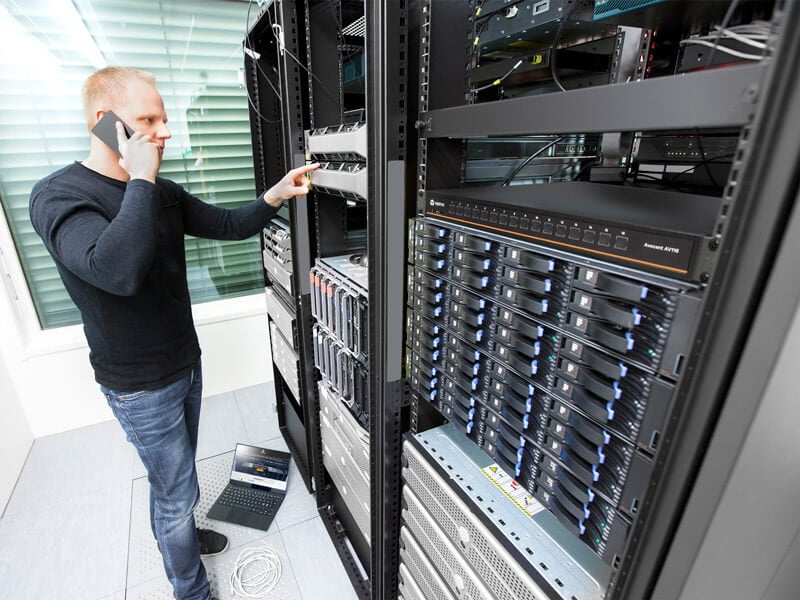The ongoing pandemic is changing the way we live and work in innumerable ways. Millions of us transitioned overnight to working or studying from home, a process that certainly tested the nerve of technophobes and -philes alike. Likewise, many industries confronted fundamental changes in the way they interact with their clientele.
Healthcare and education, for example, had to pivot from models that relied heavily on personal, face-to-face contact with patients or students to virtual interactions conducted online. That required not just massive technical adjustments but also changes to employee behaviors and training and modifications to guidelines around online communication, data sharing, and privacy protection. IT systems and networks that were seen as complementary to traditional functions suddenly became absolutely critical.
Organizations are adding capacity at the edge of the network and putting systems and protocols in place to manage bandwidth and reduce latency to deliver a seamless work-from-home experience. At the same time, they are feeling greater urgency to understand their edge sites and the equipment located there. That was challenging enough before the seismic shift caused by the pandemic, but now, with more sites, more applications, more users, and more mission-critical activity, it is more difficult than ever. This is uncharted territory for many, if not most, data center and IT managers.
All these circumstances have accelerated a shift to the edge that already seemed to be happening at light speed, and the IT services industry is evolving to meet the needs of this new normal. There are a few keys to navigating this transition effectively. The first is visibility. Understanding network equipment and the power and cooling infrastructure at each site allows service personnel to better understand emerging issues and respond quickly. This sort of remote monitoring was happening at critical edge sites before the pandemic. Now the demand for remote monitoring and visibility is virtually universal. Remote visibility helps reduce the number of service runs and ensures any necessary site visits are performed efficiently by a technician that knows what to expect and one who has any parts needed to make repairs.
One thing that has become clear during this pandemic is that technology is vitally important, but it’s not the only concern for organizations thrust into uncertainty. These businesses also want to work with trusted service partners who can be flexible through it all. Coverage agreements that stipulated 24-hour response time may not be sufficient in the new reality. Four-hour response agreements along with flexible warranties can provide peace of mind.
When equipment replacements or refreshes are inevitable, partners who can execute quickly and minimize disruption deliver important value. Downtime is never acceptable, but it’s even less acceptable when your entire business has shifted online. As if that isn’t enough, these distributed networks often aren’t constrained by national borders, so partners who can manage global deployments and services are at a premium.
How do IT service organizations manage it all?
In some ways, it’s a step toward the telecommunications model. Telco providers have been managing and servicing thousands of access sites across their networks for decades, always with the understanding that no call could be dropped. They do it with a combination of technology-enabled network visibility, standardized equipment and architectures, and trained service technicians who know their networks inside and out. That’s the model IT service organizations must embrace.
How have your organization’s service needs and strategies changed during the pandemic?






